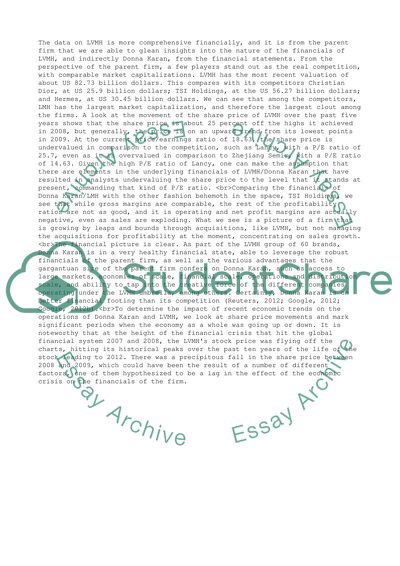Cite this document
(“Business Analysis Research Paper Example | Topics and Well Written Essays - 2000 words”, n.d.)
Retrieved from https://studentshare.org/business/1457158-business-analysis-part-iii
Retrieved from https://studentshare.org/business/1457158-business-analysis-part-iii
(Business Analysis Research Paper Example | Topics and Well Written Essays - 2000 Words)
https://studentshare.org/business/1457158-business-analysis-part-iii.
https://studentshare.org/business/1457158-business-analysis-part-iii.
“Business Analysis Research Paper Example | Topics and Well Written Essays - 2000 Words”, n.d. https://studentshare.org/business/1457158-business-analysis-part-iii.


